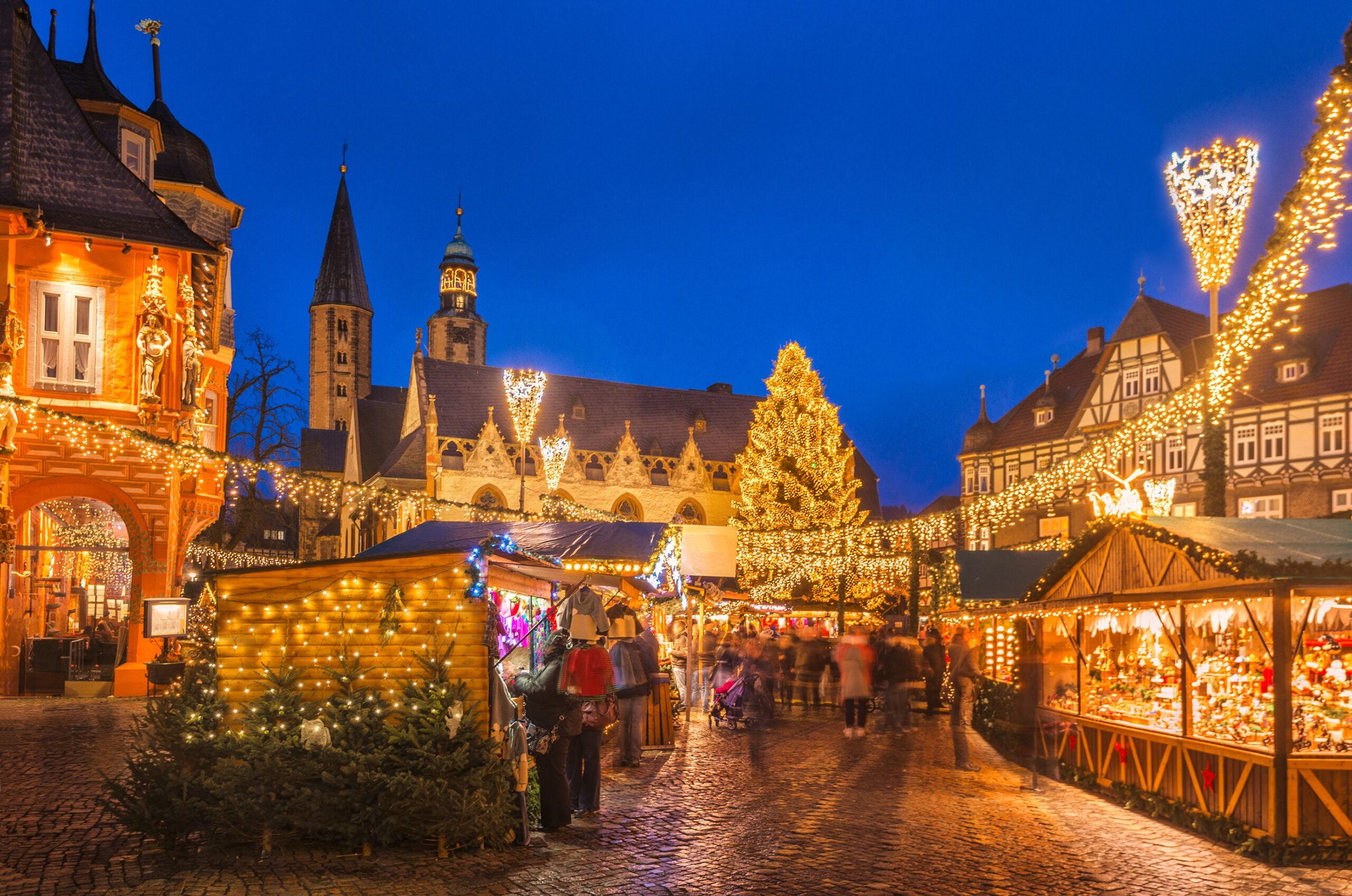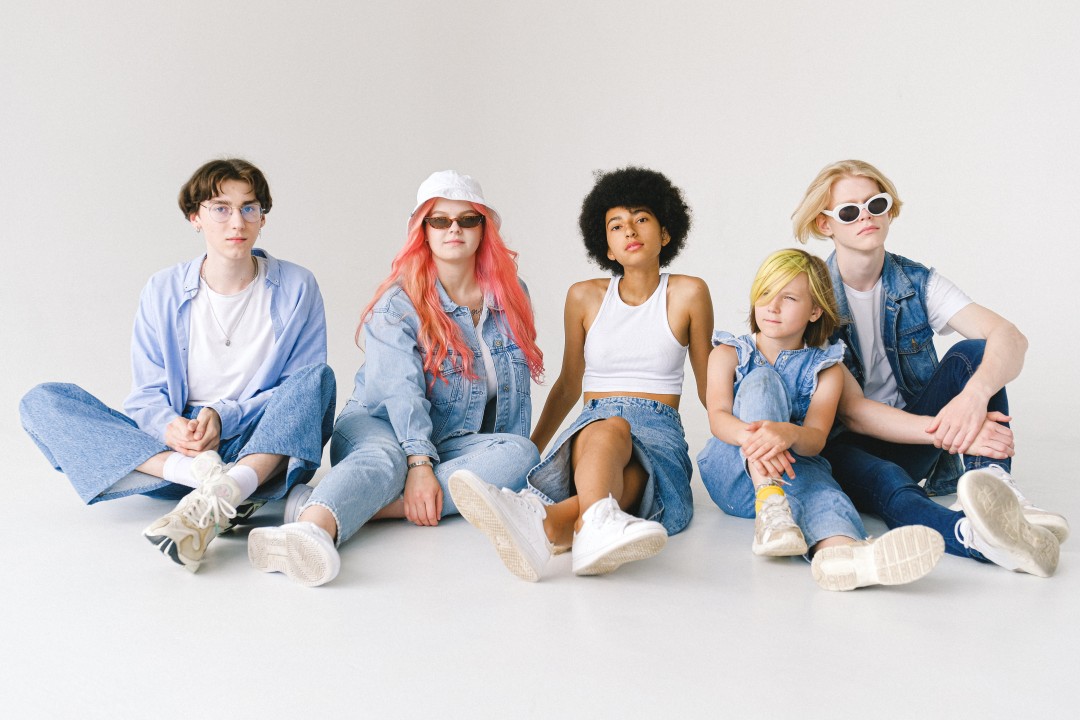1. Japan: KFC Christmas Dinner
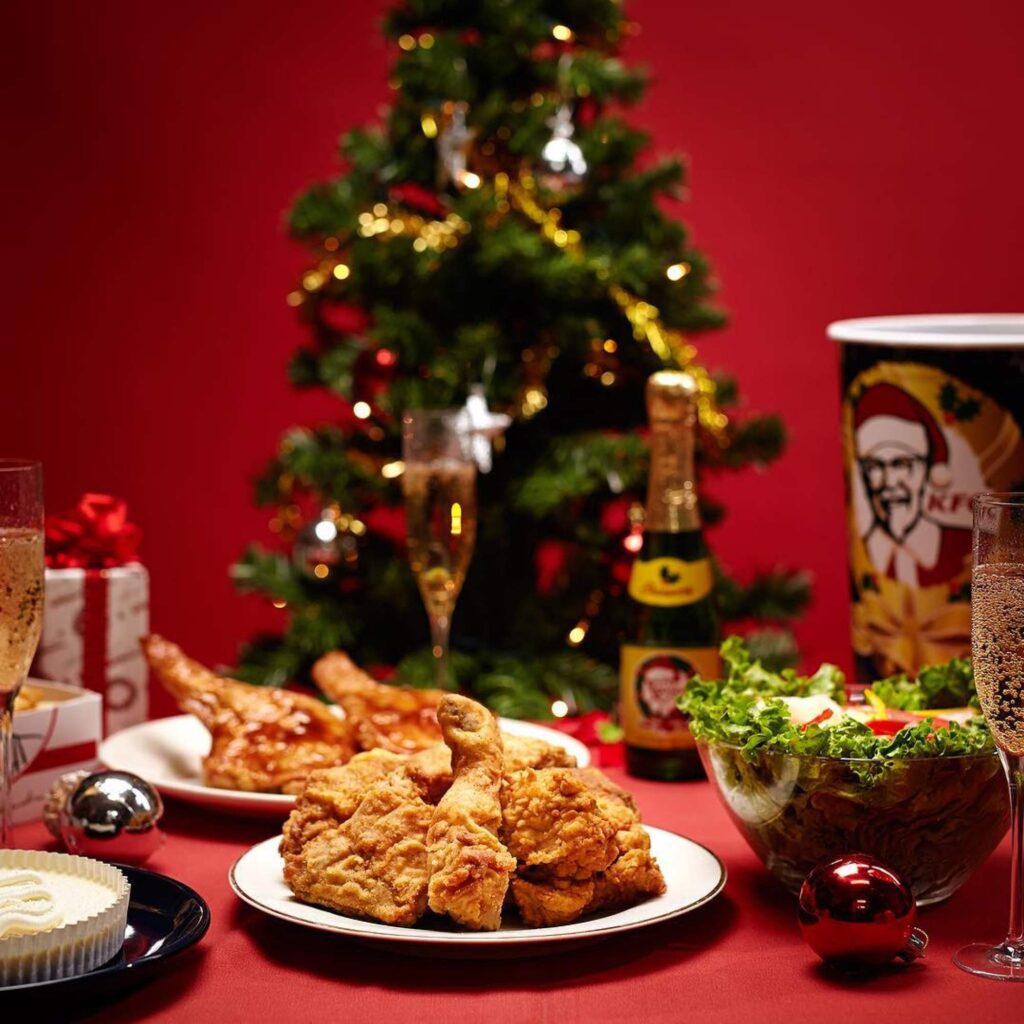
In Japan, families celebrate Christmas by eating Kentucky Fried Chicken (KFC). This custom started in 1974 with a marketing campaign called “Kurisumasu ni wa Kentakkii” (“Kentucky for Christmas”). People pre-order KFC meals weeks in advance to enjoy during their celebrations. Although Christmas is not a traditional holiday in Japan, this tradition has become a festive favorite.
2. The Philippines: Giant Lantern Festival
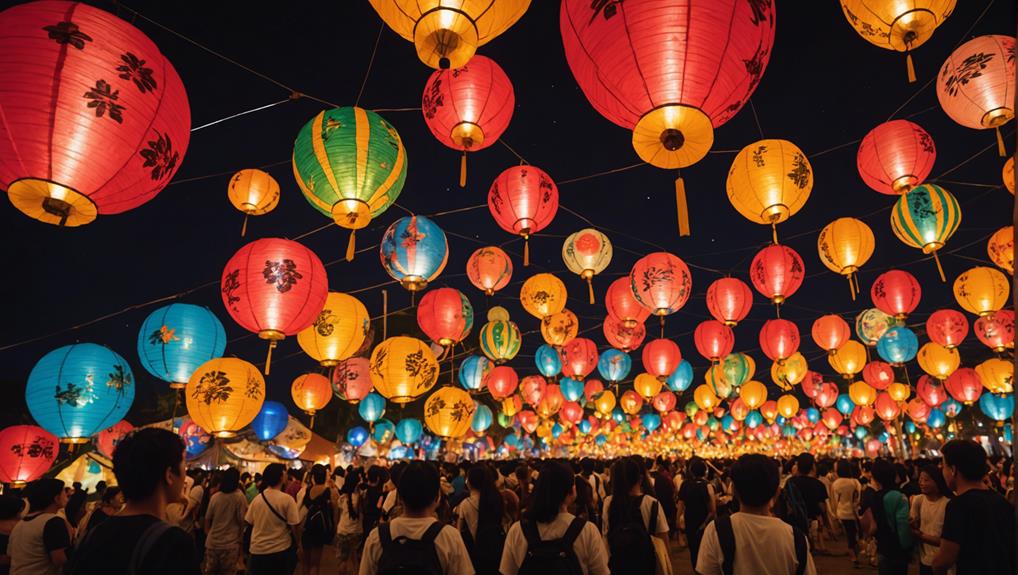
The Giant Lantern Festival (Ligligan Parul) happens every year in San Fernando, Philippines. Called the “Christmas Capital of the Philippines,” the city displays large, colorful lanterns made of bamboo, paper, and electric lights. Visitors from around the world come to see the lanterns, which represent hope and togetherness.
3. Iceland: The Yule Lads
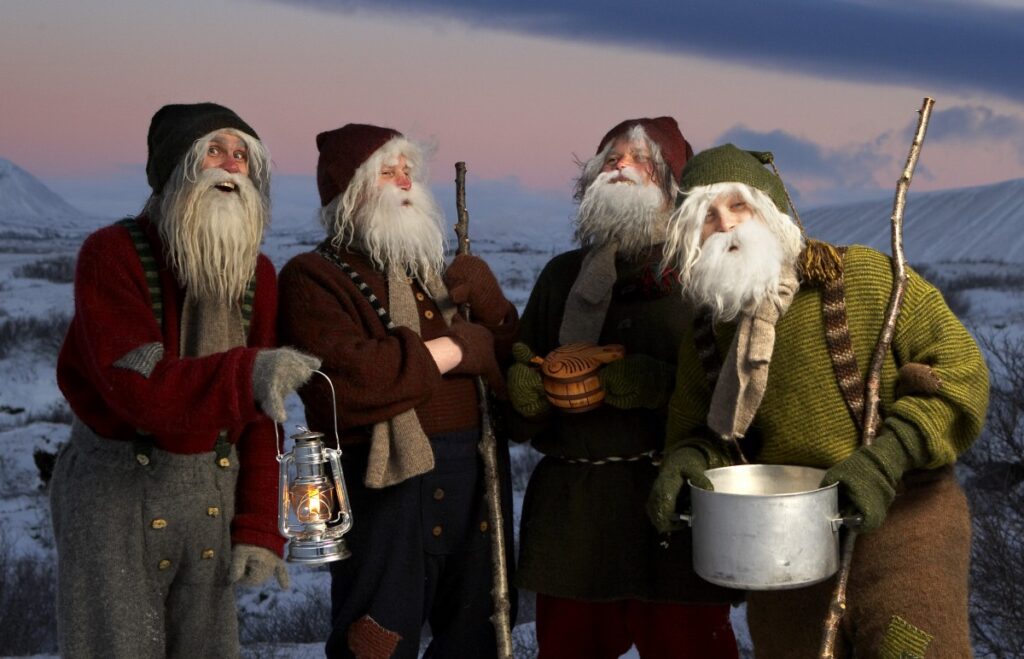
In Iceland, the Yule Lads (Jólasveinar) are playful characters from folklore. They visit children during the 13 days before Christmas. Each Yule Lad has a unique name and personality, like “Spoon-Licker” or “Window-Peeper.” Kids leave shoes by windows, receiving gifts if they are good or potatoes if they are naughty. This tradition mixes humor and generosity.
4. Italy: La Befana

In Italy, children await La Befana, a kind witch, on January 5th. According to legend, she declined to visit baby Jesus with the Wise Men and now searches for him. La Befana fills stockings with candy and toys for good kids and coal for the naughty ones. This tradition highlights Italy’s folklore and religious heritage.
5. Norway: Hiding Brooms
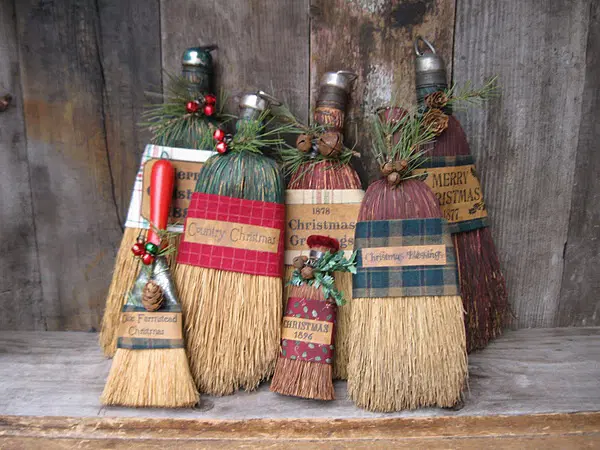
In Norway, there’s an intriguing Christmas superstition where people hide their brooms to prevent witches from stealing them. According to old folklore, witches would come out on Christmas Eve to steal brooms and use them to fly. To protect their brooms, families would hide them in a safe place. This practice, which stems from ancient beliefs, adds a touch of magic and mystery to Norwegian holiday traditions.
6. Venezuela: Roller Skating to Church
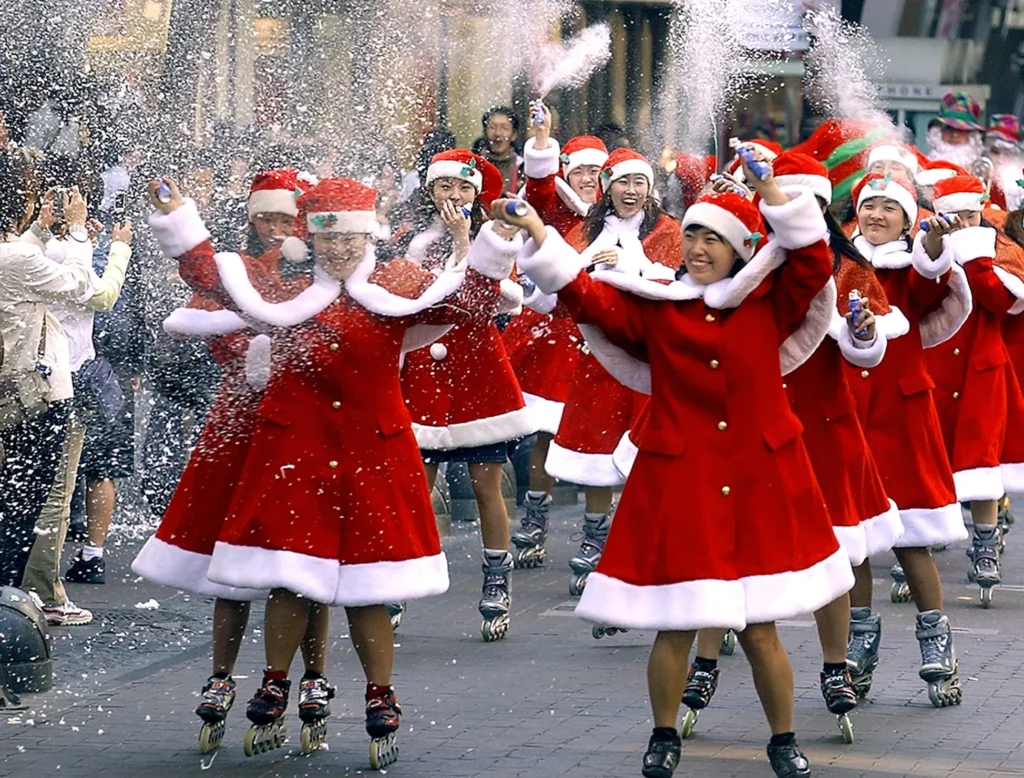
In Venezuela, there is a unique Christmas tradition where people roller skate to church for early morning Mass. Known as “La Misa de Aguinaldo” or “The Christmas Eve Mass,” this custom takes place in the capital city, Caracas, and other regions across the country. On Christmas Eve, locals often roller skate in a joyful procession, with streets filled with skaters heading to church. This tradition blends religious devotion with a fun and energetic celebration of the holiday season, making it a distinctive part of Venezuelan Christmas festivities
7. Mexico: Las Posadas
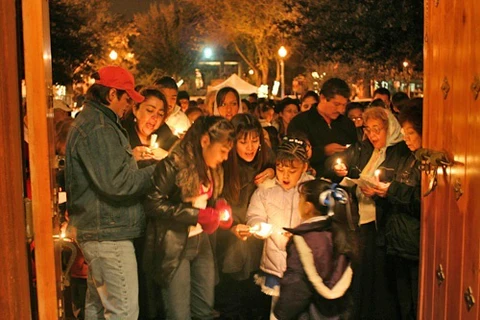
In Mexico, Las Posadas is a nine-day event reenacting Mary and Joseph’s search for shelter. From December 16th to 24th, people join processions, sing songs, and visit homes. Each night ends with prayers, feasts, and breaking piñatas. Traditional dishes like tamales and ponche are enjoyed.
8. Austria: Krampus Night
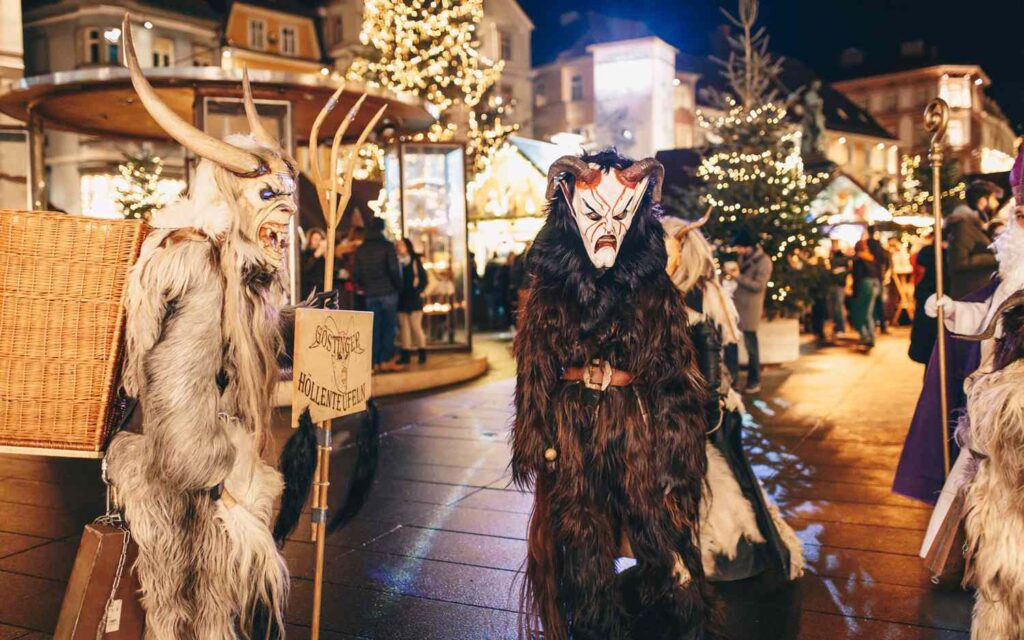
Austria celebrates Krampus Night (Krampusnacht) on December 5th. Krampus, a scary half-goat, half-demon figure, punishes misbehaving children, while Saint Nicholas rewards the good ones. Parades feature people dressed as Krampus, creating a mix of fright and festivity. This tradition showcases Austria’s folklore.
9. Ukraine: Spider Web Decorations
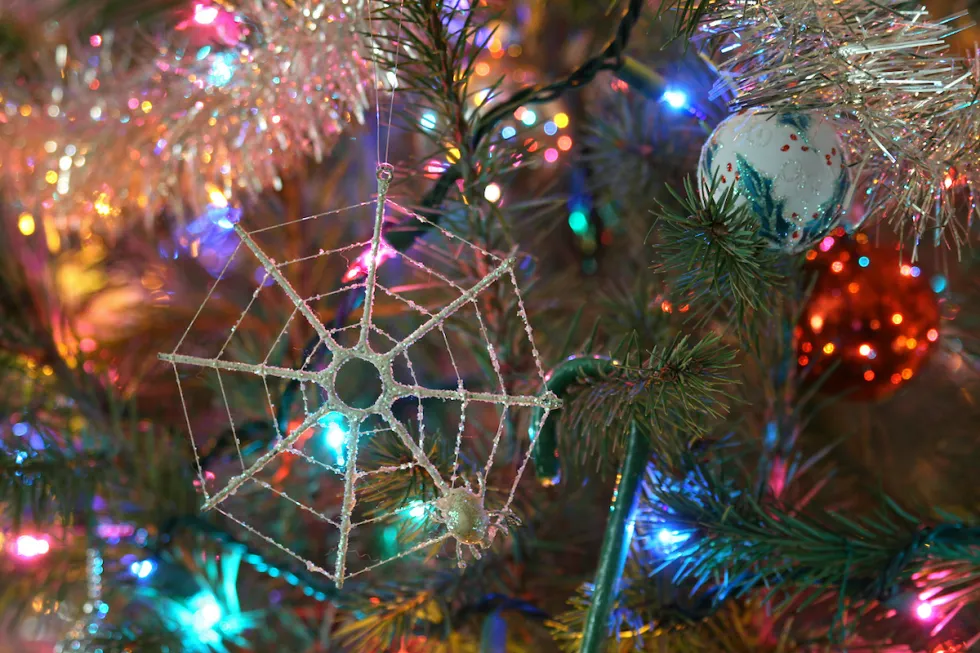
In Ukraine, Christmas trees are decorated with spider web ornaments. This tradition comes from a story about a poor family whose tree was magically decorated by spiders. Today, these decorations symbolize good luck and blessings. It highlights Ukraine’s storytelling culture.
10. Finland: Visiting Cemeteries
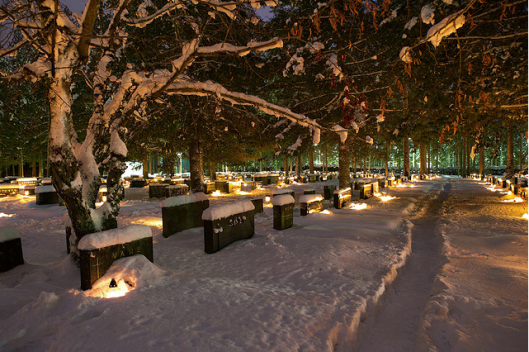
In Finland, families visit cemeteries on Christmas Eve to honor loved ones who have passed away. They light candles on graves, creating a peaceful and glowing scene. This tradition is important to Finnish culture, as it reflects remembrance and a connection to family. Many people also see it as a time for quiet reflection during the holiday season. The warm candlelight against the snowy landscape makes this custom both beautiful and meaningful.
11. Germany: Advent Calendars and Christmas Markets
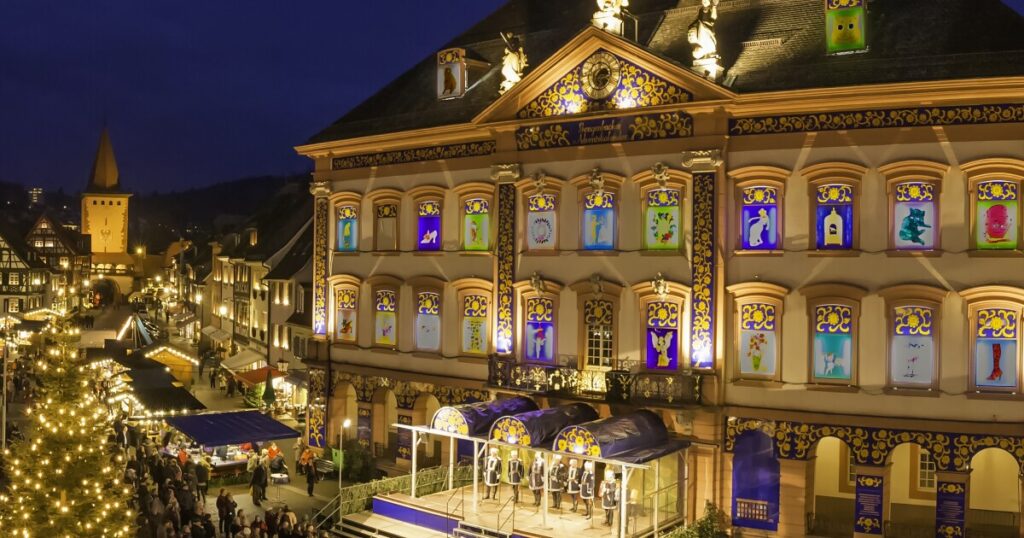
Germany is known for Advent calendars, which count down to Christmas with small gifts or chocolates. Christmas markets (Weihnachtsmärkte) are another highlight, with towns hosting festive stalls offering handmade gifts, mulled wine (Glühwein), and traditional foods. Famous markets in Nuremberg, Dresden, and Cologne attract many visitors.
12. Greenland: Unique Holiday Dishes
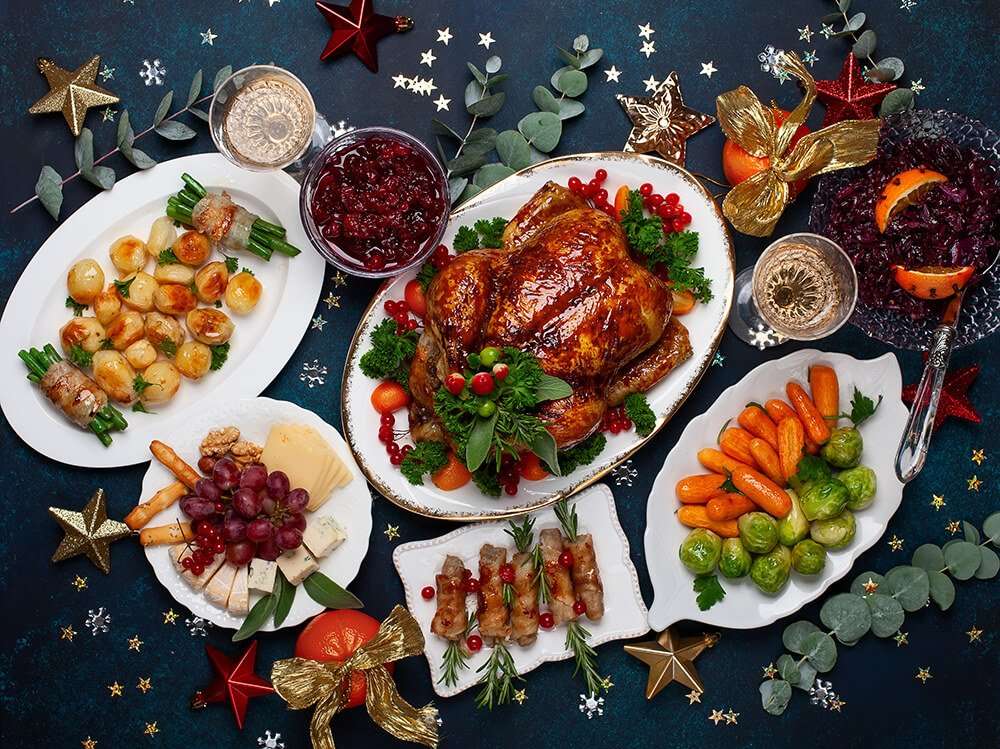
Greenland’s Christmas includes special dishes like mattak (whale skin with blubber) and kiviak (fermented auk birds). These foods reflect the Arctic environment and Inuit culture. Celebrations feature carols, candlelight, and community gatherings. Greenland also has “Santa’s Post Office” in Tasiilaq, where letters to Santa are displayed.
13. Portugal: Consoda Feast
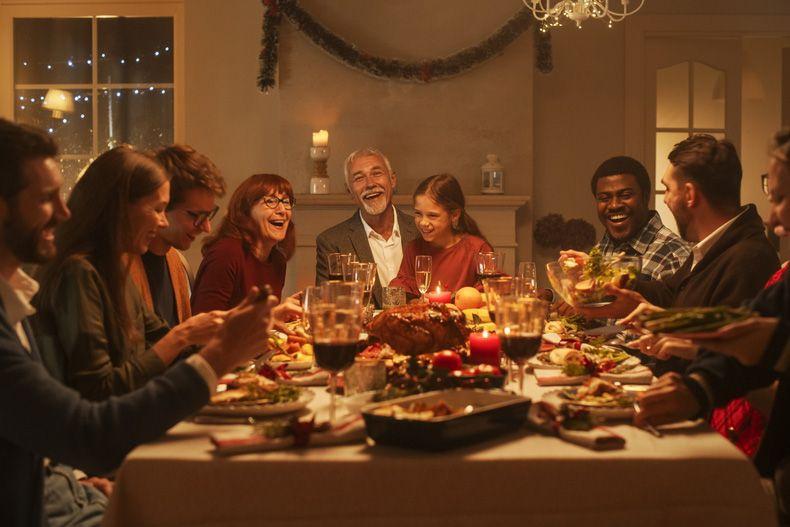
In Portugal, families celebrate Christmas morning with the Consoda feast. Extra places are set at the table for deceased relatives as a sign of unity and remembrance. Traditional dishes include bacalhau (salted cod), rabanadas (Portuguese French toast), and bolo-rei (king’s cake). This custom highlights Portugal’s family-centered and Catholic traditions.
14. Australia: Beach Celebrations
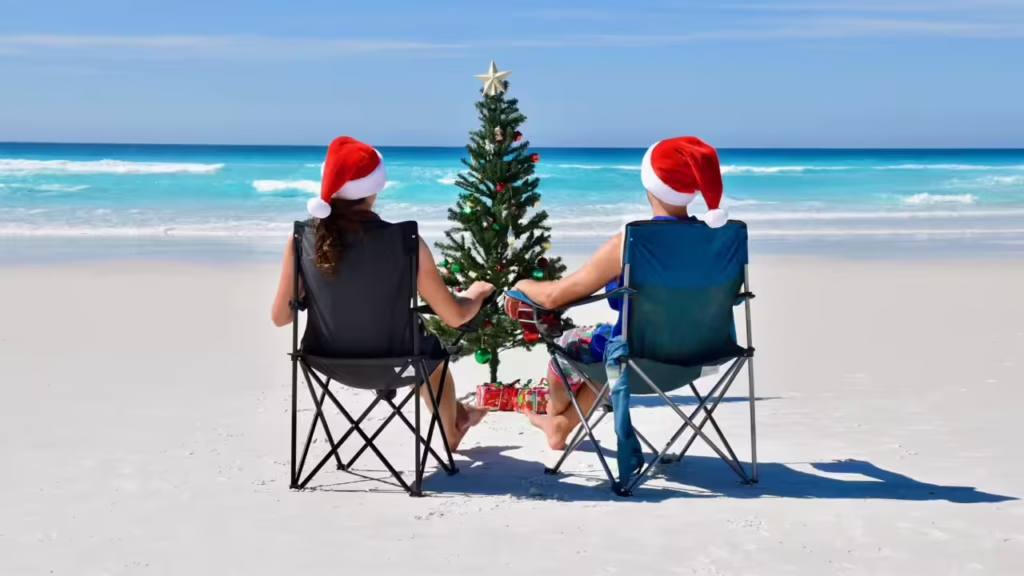
In Australia, Christmas falls during summer. People celebrate with barbecues, beach games, and surfing Santas. Traditional dishes like pavlova and seafood replace heavy winter meals. Events like Carols by Candlelight bring communities together under the stars.
15. Poland: Wigilia Supper
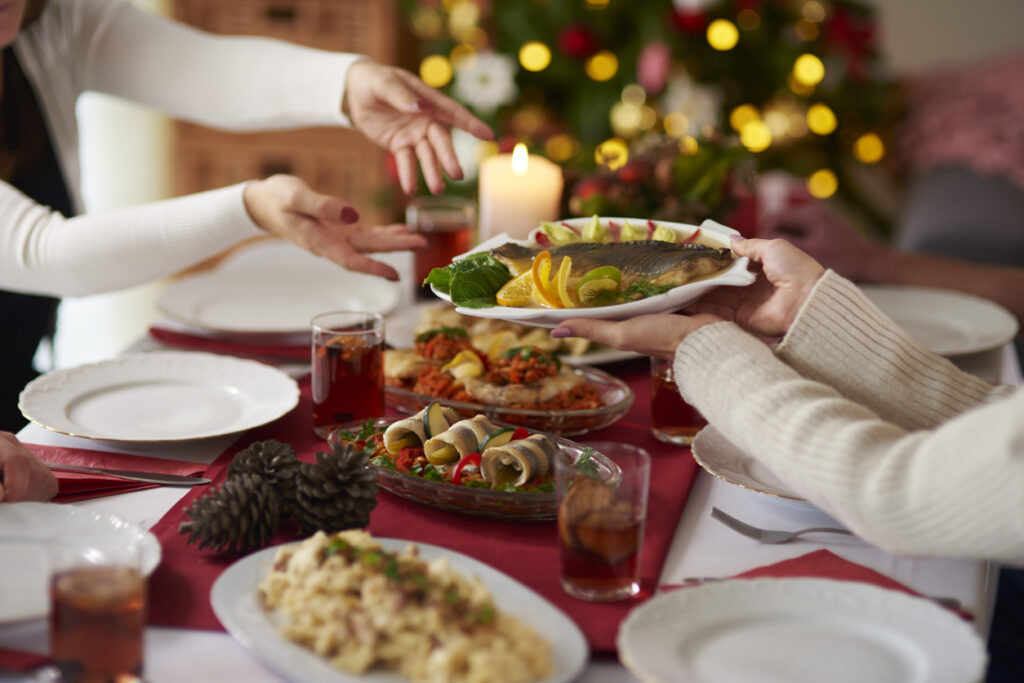
In Poland, the Wigilia supper on Christmas Eve includes 12 dishes, representing the apostles. Families start the meal by sharing opłatek (a wafer) and expressing wishes. Dishes like pierogi, borscht, and fish are served. An extra seat is left for unexpected guests, symbolizing hospitality.
16. Czech Republic: Fortune-Telling Customs
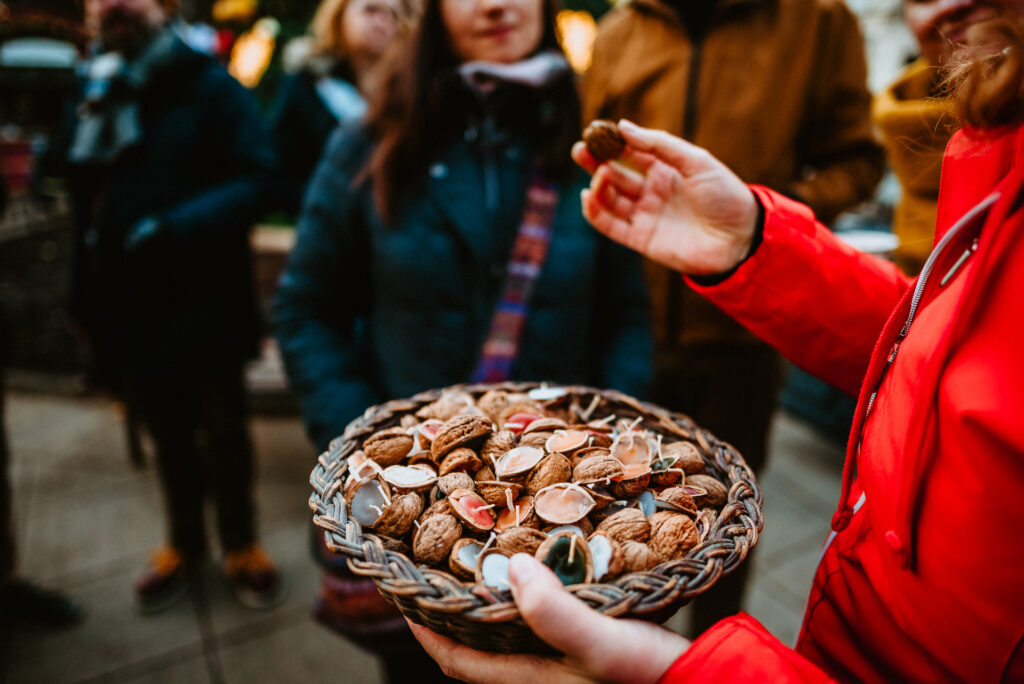
In the Czech Republic, Christmas Eve features fortune-telling. One activity involves floating walnut shells with candles to predict the future. Cutting apples to reveal star-shaped cores symbolizes health and happiness. These customs add excitement to the holiday.
17. South Africa: Braai and Sunshine
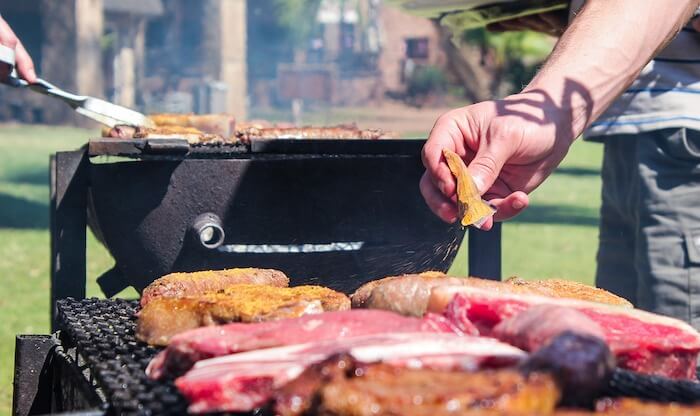
In South Africa, Christmas is celebrated with outdoor braais (barbecues) and family gatherings. Popular foods include roast meats, salads, and desserts like malva pudding. Communities sing carols and attend church. The summer season gives a vibrant feel to the holiday.
18. Estonia: Sauna Tradition
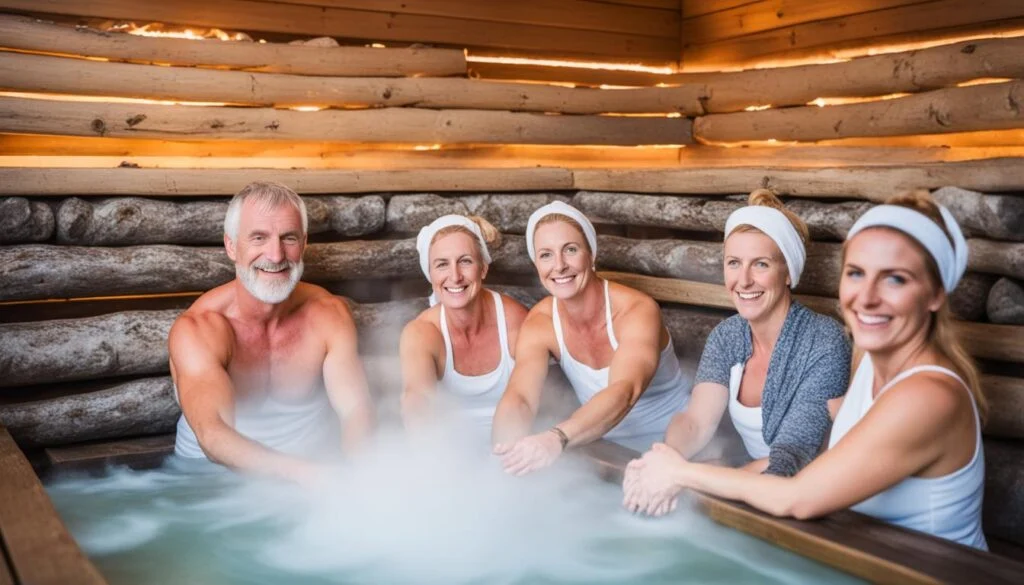
In Estonia, families go to the sauna on Christmas Eve as part of their celebrations. Saunas are an important part of Estonian culture and are seen as a way to relax and cleanse. On Christmas, visiting the sauna is a peaceful tradition that brings families together. They enjoy the warmth, spend time with loved ones, and reflect on the holiday season. This custom shows how Estonians mix relaxation with their Christmas celebrations.
19. India: Star Lanterns
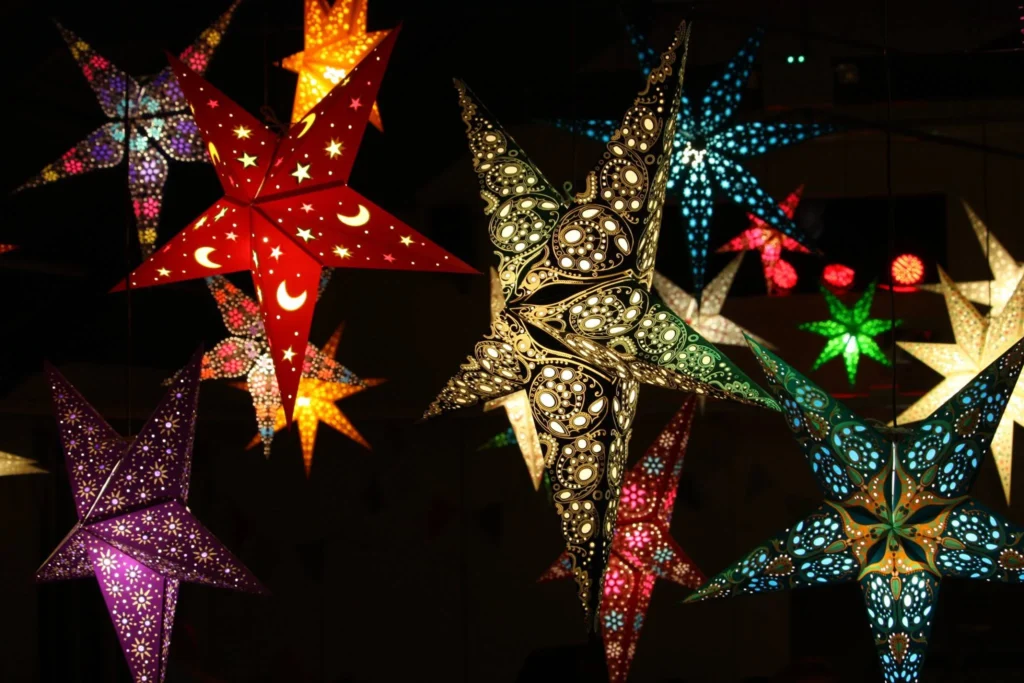
In India, Christians celebrate Christmas by hanging star-shaped lanterns outside their homes. These lanterns, made of bamboo and paper, symbolize the Star of Bethlehem. Midnight Mass is followed by feasts featuring dishes like curries, biryani, and cakes. The tradition blends Christian faith with Indian culture.
20. Greece: Kalikantzaroi Mischief
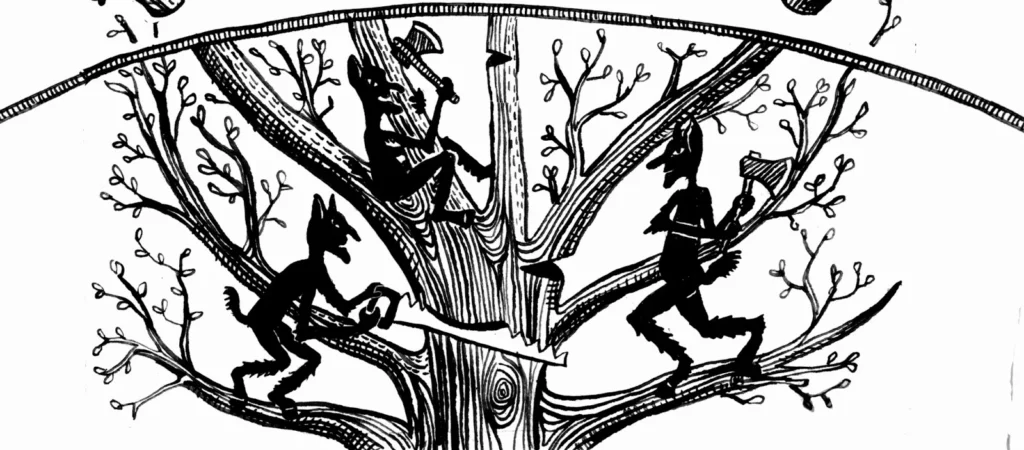
In Greece, the Kalikantzaroi are goblins believed to appear during the 12 days of Christmas. They cause trouble but are kept away with protective rituals like burning logs or leaving out food. This tradition mixes myth and celebration, showcasing Greece’s folklore.
By exploring these diverse traditions, it is clear that Christmas is celebrated in many unique ways around the world, reflecting the values, history, and creativity of each culture.

